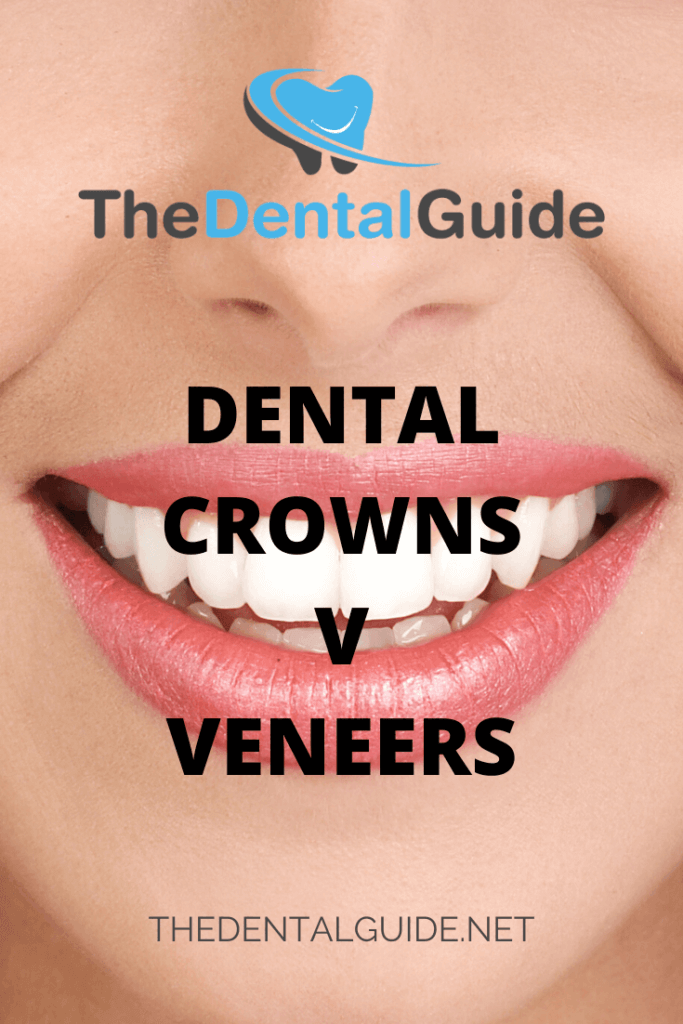If your teeth are only suffering minor damage, then your dental professional has a few options as to what can be used to correct them. For teeth that do not need replacement but do need some dental work done, veneers and dental crowns are both good options.
Now there are cases where one is the more obvious choice over the other, but typically, the two are going to be relatively interchangeable.
What Are Veneers and Crowns
Before we discuss the instances where one should be used over another, it is important to understand what they are.
A dental crown is a cap or artificial piece of a tooth placed over the existing tooth. It typically sits on top of the current tooth, and when placed properly, it can be nearly impossible to tell that it is there. Crowns use some support from the surrounding teeth to help hold them in place and keep them secure. They can be made from any number of materials, including metal, ceramic and a few other less common choices.
A veneer is a thin ceramic shell placed in front of the tooth. It is basically a front for the original tooth, and even though it is very thin, it is unlikely to break or need replacement for years if it is well taken care of.
When to use One or the Other
If the damage is very minor, such as minor chipping or simple discolouration, a veneer is the best choice. It is cheaper and easier to place, and it can often look more natural than a crown. A veneer cannot reproduce the effectiveness of an entire tooth, so it really should be only used for small problems.
For much larger problems, such as if half the tooth is missing or if the tooth has a severe crack, a crown is a better choice. It can more closely mimic the effects of an actual tooth. It is also able to better deal with very hard food or tooth grinding. In fact, for any patients who have bruxism (habitually grind their teeth) dental experts will always recommend crowns over veneers. The veneers simply cannot stand up to the force of continual grinding.
If there isn’t much enamel on the tooth, then a crown may be used as well. The veneer needs enamel support to be able to work the way it is supposed to. Without that enamel there, the dentist will be forced to go with a crown.
If the damage to the tooth is too severe, the dentist may suggest that the entire tooth be replaced, often recommending a dental implant, bridge or denture. If the tooth can still be saved, then either a veneer or a dental crown can be a viable option.
Sometimes these procedures will be covered by standard dental insurance. Each patient will need to check with their insurance to see if the procedure is covered. Often, more extensive coverage will need to be purchased in order to cover such procedures which are often not considered medically necessary.
